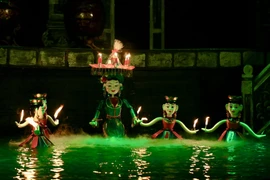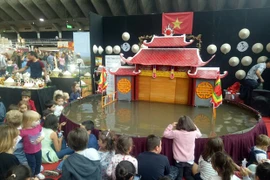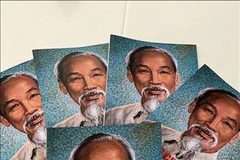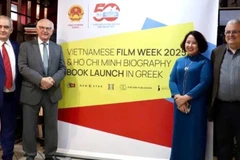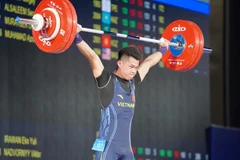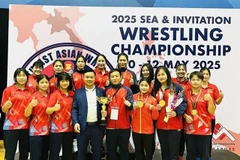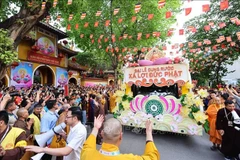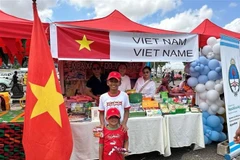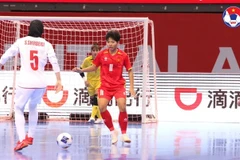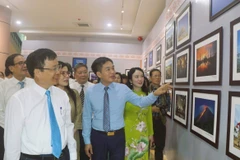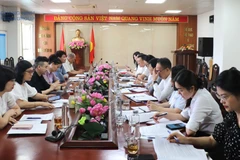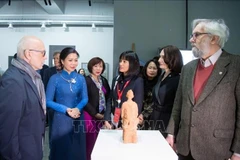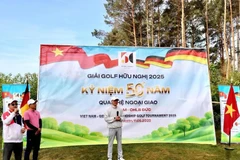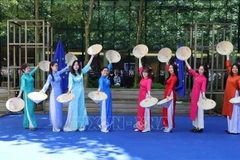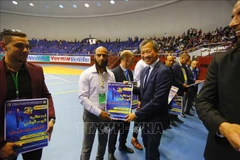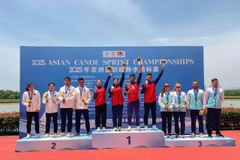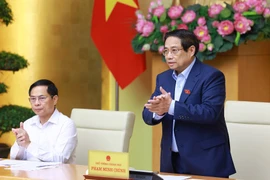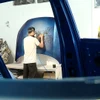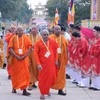Hanoi (VNA) - The Te Tieu Puppetry Guild in My Duc is the only remaining troupe preserving the original form of puppetry not performed on the water – a distinctive and culturally rich performance tradition, according to the Hanoi Department of Culture and Sports.
Thanks to local artisans like Pham Cong Bang – one of Vietnam’s youngest holders of the Meritorious Artisan title, this unique heritage has been safeguarded from the threat of extinction.
A legacy passed down through generations
Te Tieu puppetry dates back to the Le Trung Hung era (1533–1788), absorbing and preserving the cultural and social traditions of the Red River Delta. Recognised for its artistic significance, the art form was accredited as a national intangible cultural heritage by the Ministry of Culture, Sports, and Tourism in 2021.
Born in 1976, Bang was introduced to the craft from an early age, growing up immersed in performances alongside his father, artisan Pham Van Be. His father, in turn, had learned from master puppeteer Le Dang Nhuong, who played a key role in keeping the art alive in Te Tieu. For Bang, continuing the tradition is not merely a profession; it is both a lifelong passion and a responsibility.
In 2001, the young artisan and his father constructed a dedicated stage featuring both water and original puppetry in their hometown, turning it into a cultural venue where locals and tourists alike could witness authentic Vietnamese puppetry performances.
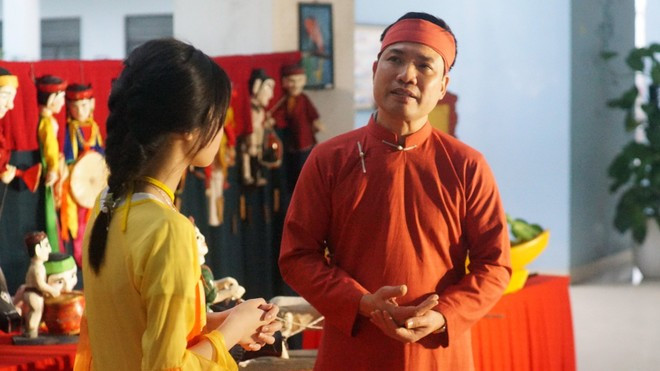
Bang explained that Te Tieu puppets are traditionally carved from soft, durable woods such as chinaberry and figwood to prevent cracking over time. The wood is kept slightly moist while being shaped, then left to dry naturally before undergoing the intricate process of painting and detailing. Each puppet requires painstaking precision to imbue it with a distinct personality and expression.
Beyond aesthetics, artisans must master the mechanics of movement. “A good puppet is not just visually striking; it must come to life through movement and expression. If the puppeteer lacks skill, the puppet will appear lifeless, failing to convey the soul of the performance,” he noted.
Common characters include village elders, mandarins, farmers, landlords, and village teachers. The plays themselves explore profound themes like justice, courage, and the eternal triumph of good over evil, as well as the everyday struggles and joys of rural life.
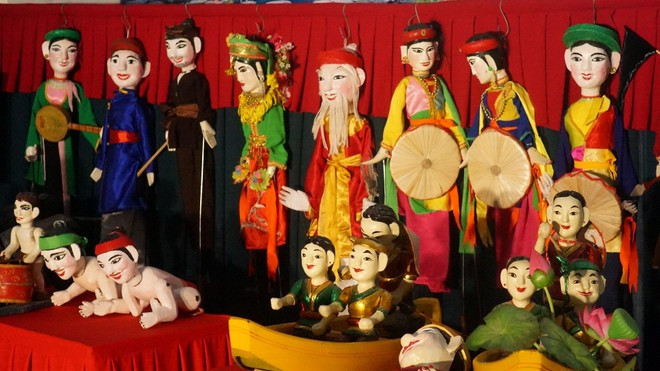
Beyond simply inheriting stories from his father, Bang has written his own scripts, designed new puppet characters, and inspired his peers to engage with the art form.
He said that puppetry is more than entertainment, it imparts profound moral lessons. “Puppetry doesn’t just tell stories; it reflects life, offering audiences timeless lessons in ethics and humanity through each performance.”
Recognised for his experience and unwavering commitment, the man was awarded the title of Meritorious Artisan by the municipal authorities in 2019, becoming one of Vietnam’s youngest recipients of the prestigious honour, at 43 years old.
Sustaining, developing the art form
Today, Bang leads the last remaining family-run puppetry troupe in Te Tieu, consisting of 18 members. However, with little financial support, the troupe relies on supplementary jobs to make ends meet.
Bang himself repairs electronic equipment to provide for his family while funding his passion for puppetry. His wife, Nguyen Thi Huong, recalled initially opposing his devotion to the craft. She said she was frustrated when he spent so much time and money on puppetry, even selling their motorbike to fund performances. “But as I understood the meaning of his action to preserve the traditional craft of our family and our hometown, I began supporting him wholeheartedly.”
The troupe now actively engages with young audiences, staging performances at schools and community events. “Society is changing, and for puppetry to survive, we must adapt,” Bang said. He shared that his troupe has integrated contemporary themes alongside historical stories, making puppetry more relevant to today’s youth.
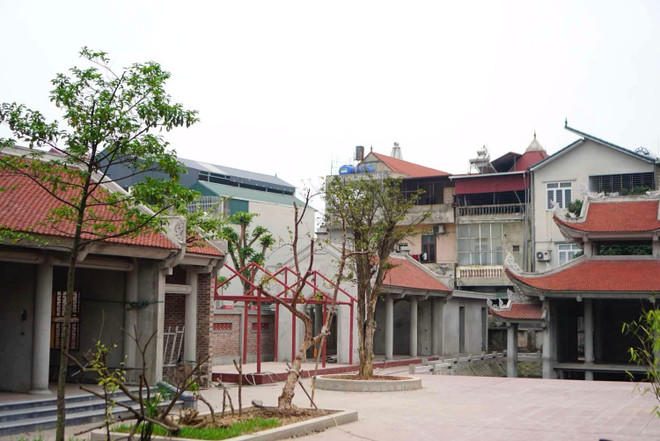
Currently in its final stages of development, the Te Tieu puppetry museum is set to open in June, offering visitors an immersive experience into the world of this art form. Guests will have the opportunity to witness the puppet-making process, explore a dedicated performance space, and engage directly with artisans. Beyond preserving the art, the venue aims to showcase Vietnam’s broader puppetry heritage, helping to promote the country’s cultural legacy./.

